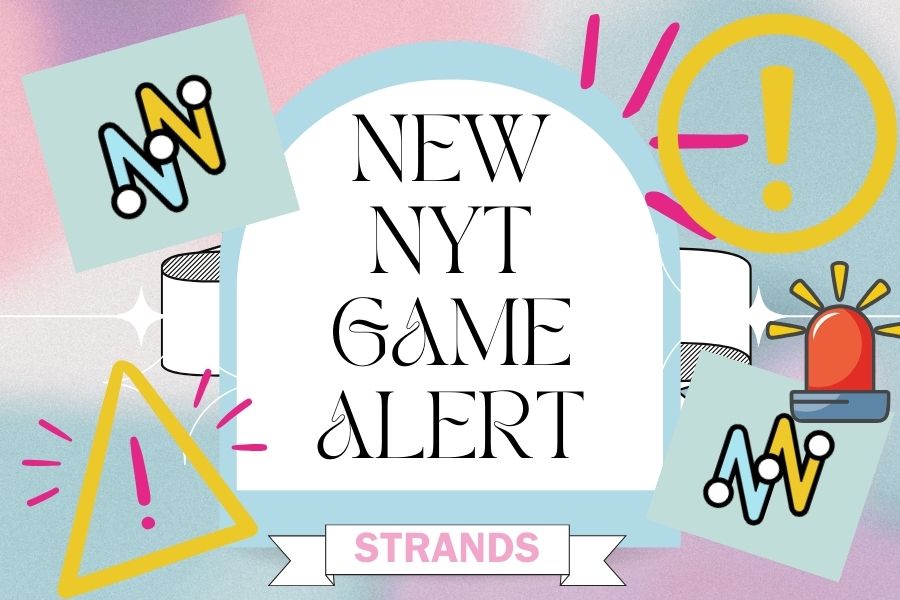In the past, a basic word search has simply acted as a way to pass time, and though effective, has become aged, boring, and directed towards children. Of course, in the past there have been many attempts to modernize the classic word search commonly found on the backside of menus and cereal boxes. Boggle , Spelltower , and even NYT’s own letter boxed game are great examples. However, The New York Times introduction of Strands has become the newest sensation to join these modern word searches, taking the word-based-game enthusiast community by storm.

Strands launched March 4th, 2024 and is still in its “beta” mode, which means that it is still in a stage of development. Like its sister games, the Wordle, and the Spelling Bee, each day promises a new, unique puzzle. Since its release there has yet to be any issues with the software, giving an optimistic outlook for Strands future.
Strands begins with a theme, which each of the found words in the puzzle will relate to. Typically, the presented theme is vague, and doesn’t quite give the clarity that a player might expect. A more simple wording of the theme can be found within the puzzle; a “spangram” that appears yellow when found. At the end of the game, the player will find that every single letter on the board has been utilized, creating a picture that they can share with their friends.

Another twist Strands has is that it allows the letters in a word to span in any direction. Though helpful in finding a large array of words, it may make it increasingly difficult to find the correct words for the puzzle. To combat this, the game allows you to find additional words that might not necessarily fit the theme. Each word accounts for ⅓ of a hint. This tool is incredibly useful when the puzzle is feeling particularly impossible.
New York Times’s Strands future lays in line with those of their other games, like the wordle, crossword, spelling bee, and connections– proving to be worthy of adding to apart of your NYT morning routine!






